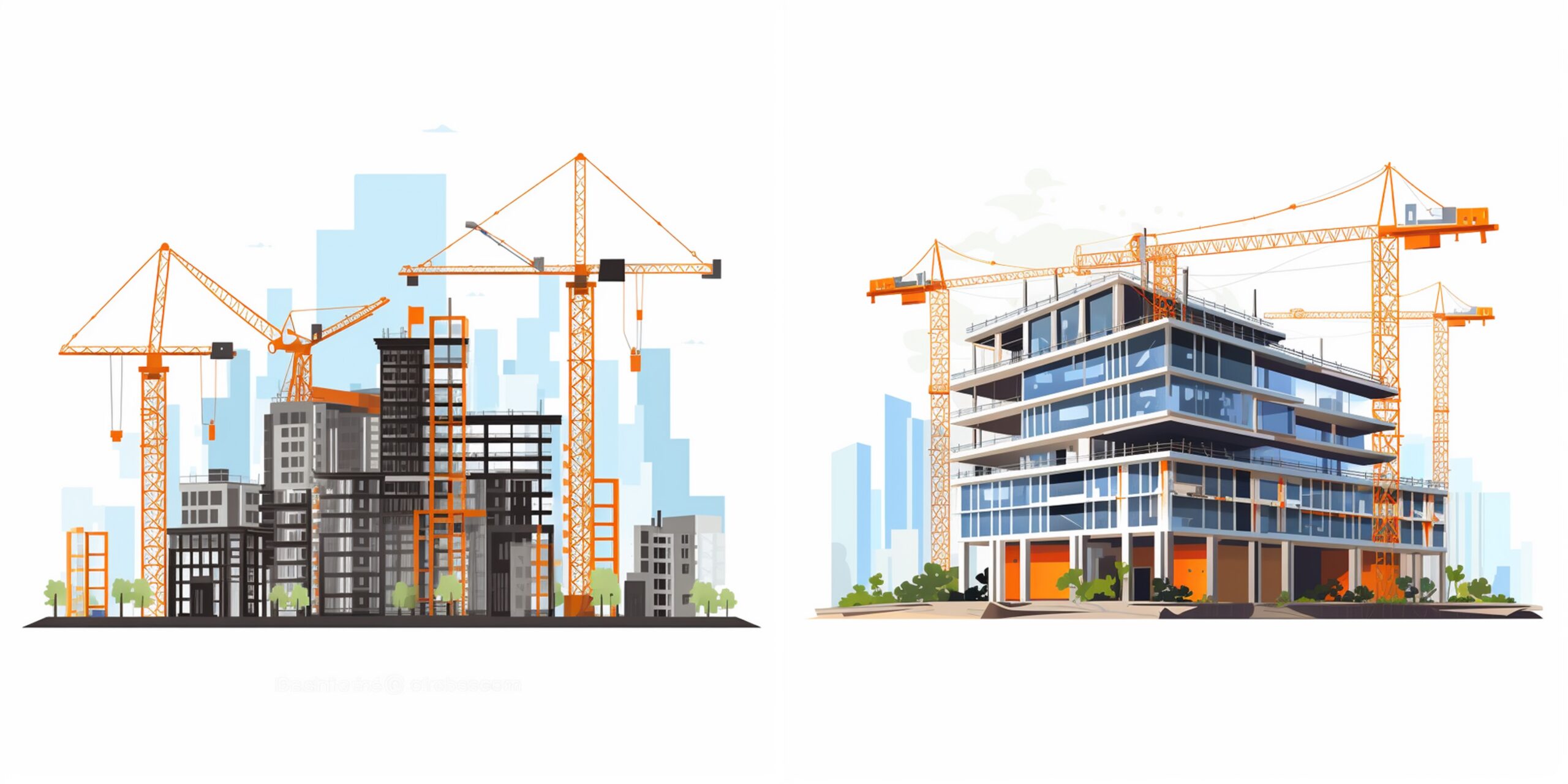
Architecture is the art of turning imagination into reality. Behind every iconic skyline, bustling urban plaza, or cozy home lies a journey of creativity, problem-solving, and collaboration. The process of architectural design is a fascinating blend of art and science, taking a simple idea and transforming it into a tangible structure that shapes how we live and interact.
Let’s take a closer look at how great architectural ideas come to life—from the first pencil strokes on a sketchpad to the finished building standing tall against the skyline.
The Birth of an Idea: Conceptualization
Every architectural project begins with a concept. This initial stage is all about brainstorming and exploring possibilities. Architects consider the purpose of the structure, the needs of its users, and the context of its location.
The first sketches are often loose and abstract, capturing the essence of an idea rather than the finer details. Inspiration can come from anywhere—nature, cultural symbols, or even the client’s personal vision. For example, a project located near a river might take inspiration from the fluidity of water, influencing the building’s shape and flow.
This phase is fueled by creativity. Architects let their imaginations run free while also thinking critically about how the design will function in the real world.
From Vision to Blueprint: Developing the Design
Once the concept is refined, it’s time to dive into the details. Architects create more precise drawings, floor plans, and 3D models to visualize how the building will look and function. At this stage, the focus shifts to balancing form and practicality.
Building Information Modelling (BIM) tools often come into play here, allowing architects to simulate everything from structural integrity to energy efficiency. These tools help identify potential issues early, saving time and resources later in the process.
This phase is also where architects start collaborating with engineers, landscape designers, and other specialists. For example, structural engineers ensure the building is safe and stable, while environmental consultants might suggest materials or designs to minimize the building’s ecological footprint.
Problem-Solving in Action: Overcoming Challenges
Every architectural project comes with its own set of challenges. The site might have limitations, the budget could be tight, or local regulations might require adjustments to the design.
Problem-solving is an integral part of the process. Architects often go back to the drawing board, tweaking designs to meet these constraints while preserving the original vision. For instance, a high-rise building in an earthquake-prone area might require innovative structural solutions to ensure safety.
Teamwork is crucial here. Architects, contractors, and clients work closely to address issues and find creative solutions. This collaboration ensures that the project stays on track without compromising quality.
Bringing It to Life: Construction
With the design finalized, construction begins. This is where the vision starts taking physical form, brick by brick. Architects stay involved throughout this stage, working alongside contractors to ensure the design is faithfully executed.
Unexpected challenges can still arise during construction, such as material delays or unforeseen site conditions. Architects must adapt quickly, making on-the-spot decisions to keep the project moving forward.
The construction phase is where the collaborative effort truly shines. From skilled laborers to project managers, every person involved contributes to transforming the architect’s vision into reality.
The Final Reveal: Completion and Beyond
When the construction dust settles, the building stands as a testament to months—or even years—of hard work. But the journey doesn’t end here.
Post-construction evaluations ensure the structure meets safety and quality standards. Architects also reflect on how the finished building aligns with the original vision, drawing lessons for future projects.
More importantly, the building comes to life as people begin to use and interact with it. Whether it’s a bustling office, a serene museum, or a vibrant community space, the true success of an architectural project lies in how it serves and inspires its users.
From Sketch to Skyline: A Testament to Human Creativity
The journey of architectural design is as much about the process as it is about the final product. It’s a story of creativity, perseverance, and teamwork—transforming abstract ideas into spaces that shape lives and communities.
Behind every structure we admire, there’s a dedicated team of architects, engineers, and builders who brought it to life, navigating challenges and collaborating at every step. From the first spark of inspiration to the last nail driven into place, the process of turning sketches into skylines is nothing short of extraordinary—a testament to the limitless potential of human creativity.
